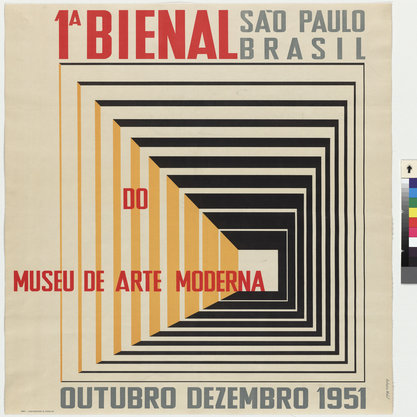Article
Capoeira By Höfling, Ana Paula
Article
Capoeira is an Afro-Brazilian movement practice that has been categorized as national sport, folklore, martial art, and dance. Although capoeira has been considered a game practiced primarily for leisure since the mid-twentieth century, throughout the nineteenth century it was a form of combat and self-defence based on kicking, tripping, grabbing, and throwing, and techniques for handling weapons such as clubs and straight-razors. Throughout the twentieth century, musical accompaniment became an increasingly important element in capoeira practice. The composition of the musical ensemble, including the use of clapping, has changed over time and varies according to group affiliation and capoeira style. The second half of the twentieth century ushered in the formalization of capoeira instruction, taught in capoeira schools called academias. At that time, capoeira was reconfigured along a tradition/modernity binary, giving rise to the two opposing styles (angola and regional) that still define capoeira practice in the twenty-first century. The simultaneous emergence of a “traditional” and a “modern” capoeira was emblematic of the construction of a modern national identity grounded in “folk” traditions. In both styles, capoeira students attend capoeira classes taught by a mestre (master teacher) and participate in rodas (capoeira jams) at capoeira schools, both in Brazil and abroad. During rodas, players sit or stand forming a circle. Inside this circle, two players at a time engage in mock combat, attempting to trip each other and exchanging strikes that barely miss the opponent. Those watching often participate by singing call and response songs with the musical ensemble.


